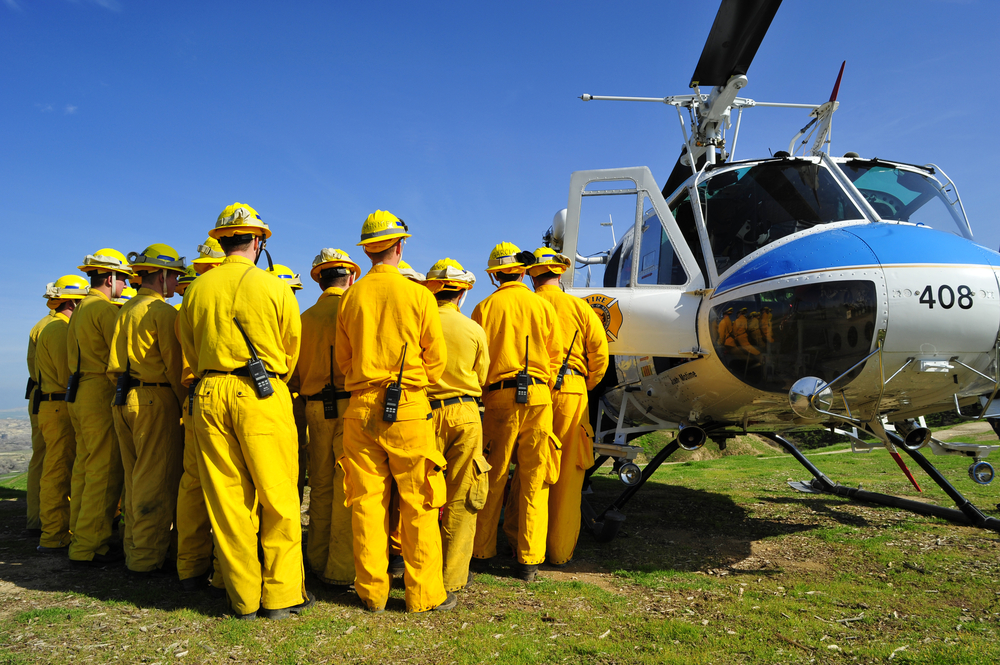
A four-day training course coordinated by federal and territorial agencies in Puerto Rico last week culminated in a practice scenario that tested the ability of first responders and health care workers to respond to a simulated traffic crash that resulted in the release of chlorine gas.
The Puerto Rico Emergency Management Agency, the Puerto Rico Department of Health, the University of Puerto Rico, the Federal Emergency Management Agency (FEMA) Center for Domestic Preparedness and the U.S. Department of Veterans Affairs (VA) took part in the four-day training event.
In the practice scenario, a car crashed into a tanker transporting liquid chlorine on Highway 167 in Bayamón on Friday, immediately killing three and injuring dozens. A secondary simulated event with a train set the tanker on fire, releasing clouds of chlorine gas over an area covering five square miles. This marked the first time that FEMA’s course, “Hospital Emergency Response Training for Mass Casualty Incidents,” was conducted outside the Center for Domestic Preparedness campus in Anniston, Alabama.
Hector Colón Cruz, a contract trainer for FEMA who at Hospital Universitario, said he realized how helpful a mass casualty training exercise could be in Puerto Rico after taking part in a session in Anniston. Cruz said what healthcare professionals and emergency responders learn regarding making decisions about patient handling, and response to contamination is “invaluable.”
During the practice scenario, an emergency treatment zone was set up on the law of Hospital Universitario. Participants separated victims into different tents for decontamination, triage and emergency intake. A mock emergency operations center, triage, and treatment areas were established inside the hospital.
FEMA Federal Coordinating Officer Mike Byrne, who oversees response and recovery operations in Puerto Rico, highlighted the importance of hands-on training for emergency preparation following the practice scenario.
“This exercise will remain in the memories of those who participated for years to come,” Byrne said.




